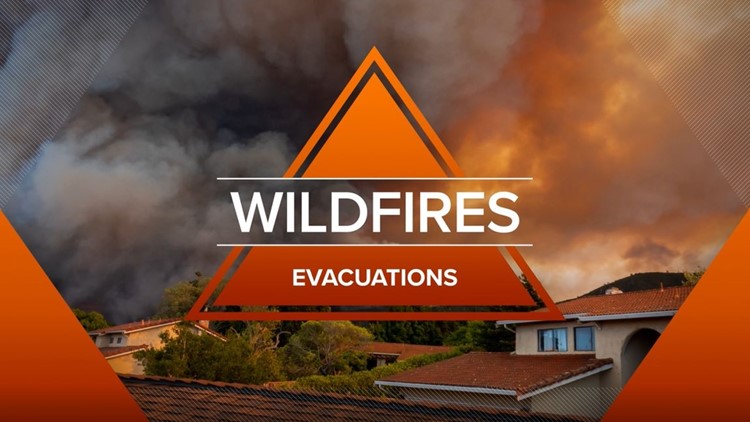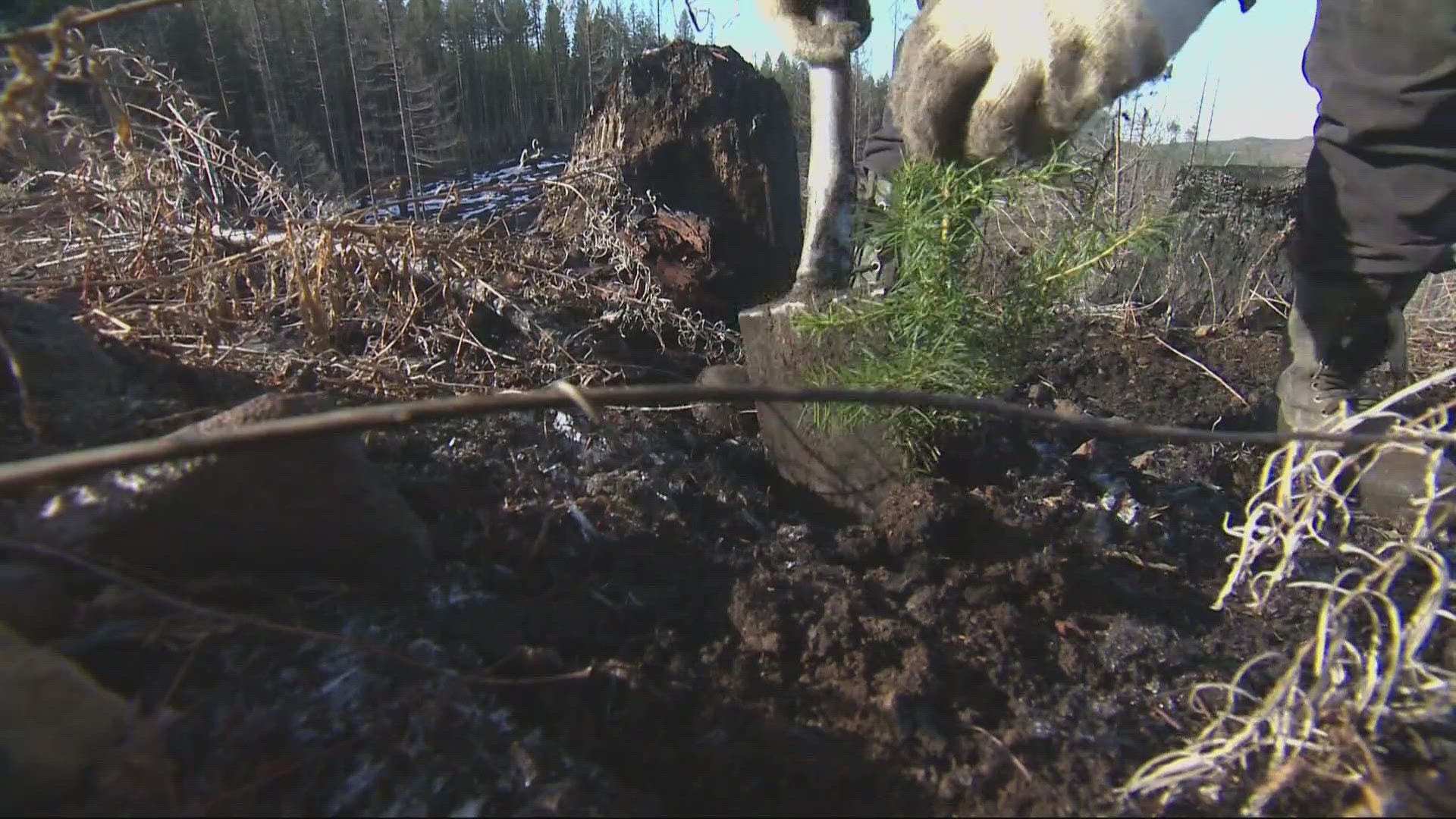PORTLAND, Ore. — As fire crews battle a fast-moving fire near Hagg Lake, evacuation levels are changing quickly.
Whether the notification alert comes via news organizations like KGW or county public alert systems, people in evacuation zones may wonder what steps they should take at each of the three evacuation notice levels.
Here's what you should know and the steps you should take if you're in an evacuation zone, as provided by the Oregon Department of Emergency Management.
Level 1 (Be Ready)
Residents should be aware of the danger that exists in their area and monitor local media outlets for information. Residents with special needs should take note and begin making arrangements to evacuate. Evacuations at this time are voluntary.
STEPS TO TAKE IF YOU'RE IN A LEVEL 1 EVACUATION ZONE
- Stay informed through emergency alerts
- Have your emergency plan and go-kit ready
- Act early if you or your loved ones can't move quickly
Level 2 (Be Set)
This level indicates there is significant danger to your area, and residents should either voluntarily relocate to a shelter or outside of the affected area, or if choosing to remain, to be ready at a moment's notice. Emergency services cannot guarantee that they will be able to notify you if conditions rapidly deteriorate.
STEPS TO TAKE IF YOU'RE IN A LEVEL 2 EVACUATION ZONE
- Follow your evacuation plan and grab your go-kit
- Check news and radio for updates
- Conditions change rapidly. Leave if you feel unsafe
Level 3 (Go Now)
Danger to your area is current or imminent, and you should leave immediately. Listen to local media and watch for emergency personnel who may be coming by to give further instructions regarding the evacuation.
STEPS TO TAKE IF YOU'RE IN A LEVEL 3 EVACUATION ZONE
- Leave without delay. It is unsafe to stay
- Do not stop to gather belongings or protect your home
- Do not return until officials announce the area is safe
How to sign up for emergency alerts
The official website for local alert systems across the state is oralert.gov. The website has a search field where you can type in your county, city, tribe or zip code and find your local public alert system. Follow the link to that website and follow the instructions to sign up for alerts.
Here are the web pages for county alert systems from Southwest Washington down through most of the Willamette Valley.



